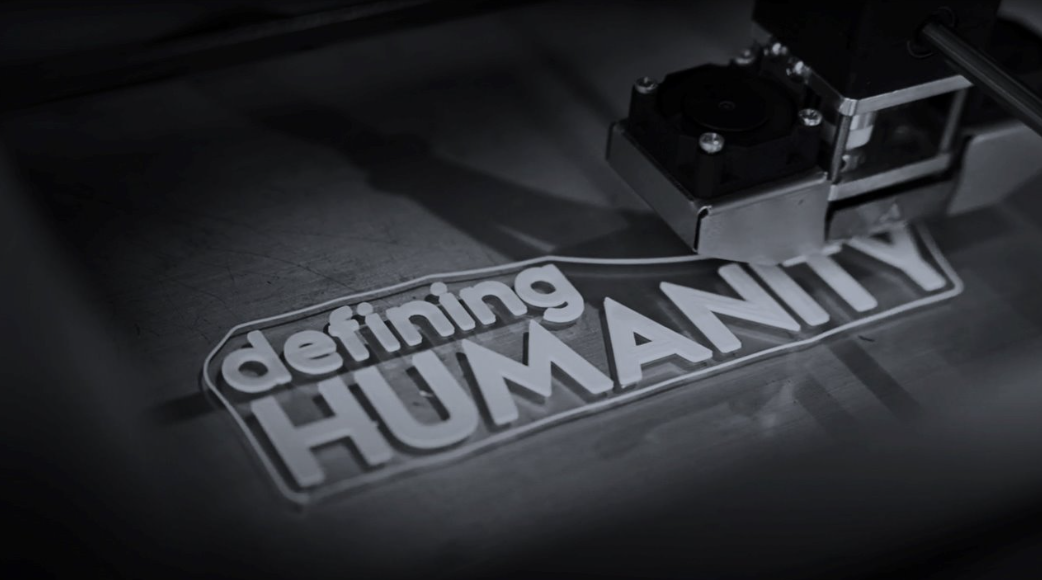Unlocking the Potential of Innovative Design through Empathy with Taruna Gupta from Defining Humanity
Taruna Gupta, Defining Humanity Co-Founder, shares her strategy for creating safe and inclusive spaces through community engagement.
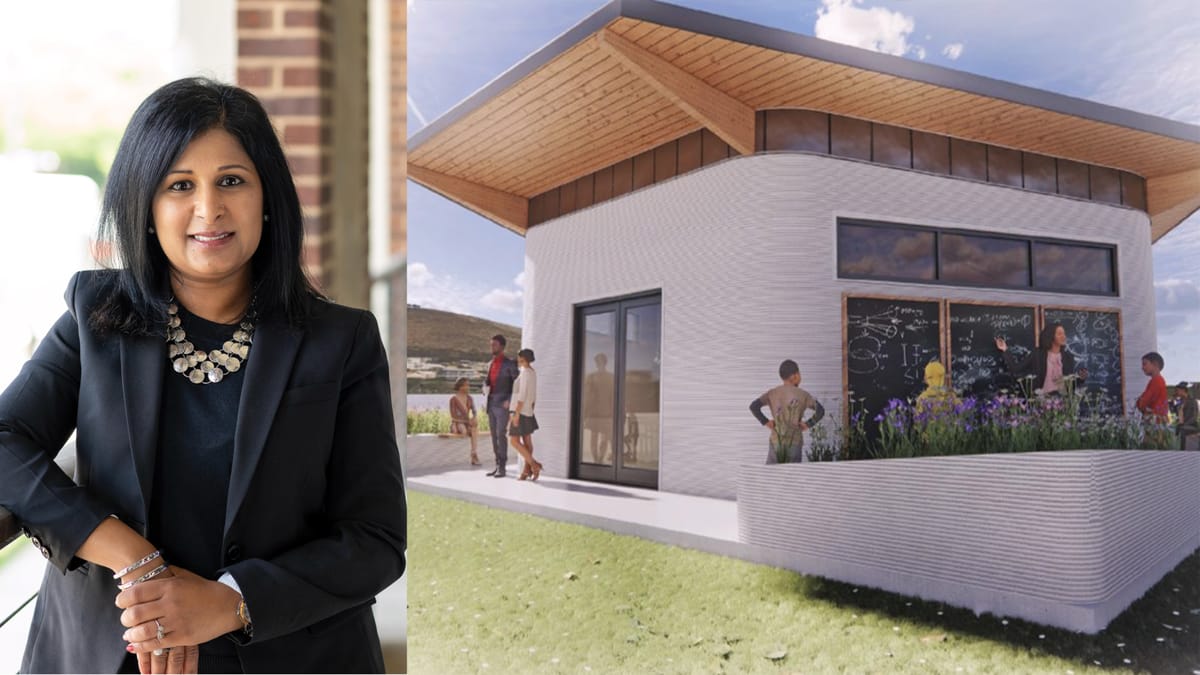
Written by Sudhiksha Srinivasan
"Our ongoing mission is to create safe and inclusive spaces for education, shelter & engagement in underserved communities" says Taruna Gupta, co-founder and current President of Defining Humanity. The non-profit organization envisions to design spaces that elevate living, ensure safety, and foster progress for all.

A visionary planner in the Arts, Community and Education(ACE) Sector at HGA-Milwaukee, Taruna Gupta, is committed to drive a positive change in the society. I caught up with her to learn more about her journey in founding Defining Humanity and uplifting it from modest beginnings to a dynamic force advocating for societal progress.
The Genesis of Defining Humanity
Taruna mentioned how her keen awareness of the systemic infrastructure-disparities in marginalized areas fueled her profound commitment into nonprofit work. With like-minded advocates such as Co-founders Yash Mehta and Bruno Silva, she helped transform grassroots fundraising initiatives swiftly into the pioneering establishment that Defining Humanity is today.
Her recognition of education as a fundamental pillar of progress led them to the game-changing collaboration which defines humanitarian innovation. Joining hands with Thinking Huts, a non-profit focused on transforming education infrastructure through cutting-edge 3D printing technology, they began their pilot project- A 3D printed classroom in the campus of Université de Fianarantsoa in the southern-central City of Fianarantsoa, Madagascar.
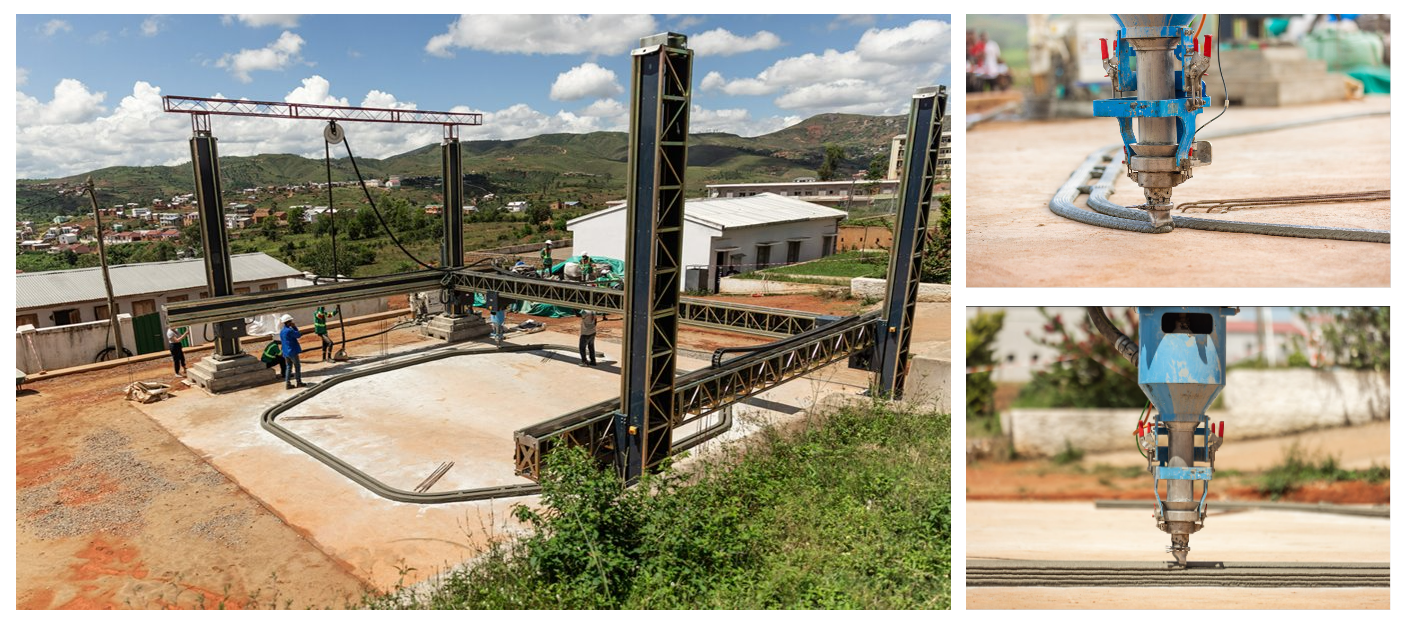
Defining Humanity used a local workforce to build the classroom and trained them in the construction methodology so they could have the skills needed to build more structures.
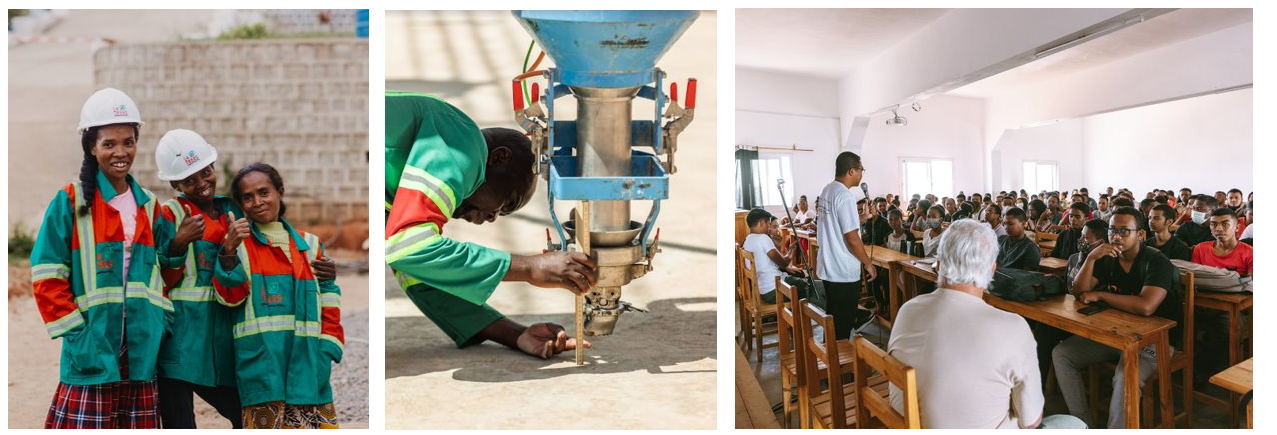
This university has been grappling with limited funding causing outdated and insufficient library facilities. Recognizing the urgent need for improvement, Defining Humanity was approached to aid in the design and construction of a new media library, a project that goes beyond mere infrastructure enhancement. The project, started last year, is currently in the schematic design phase.
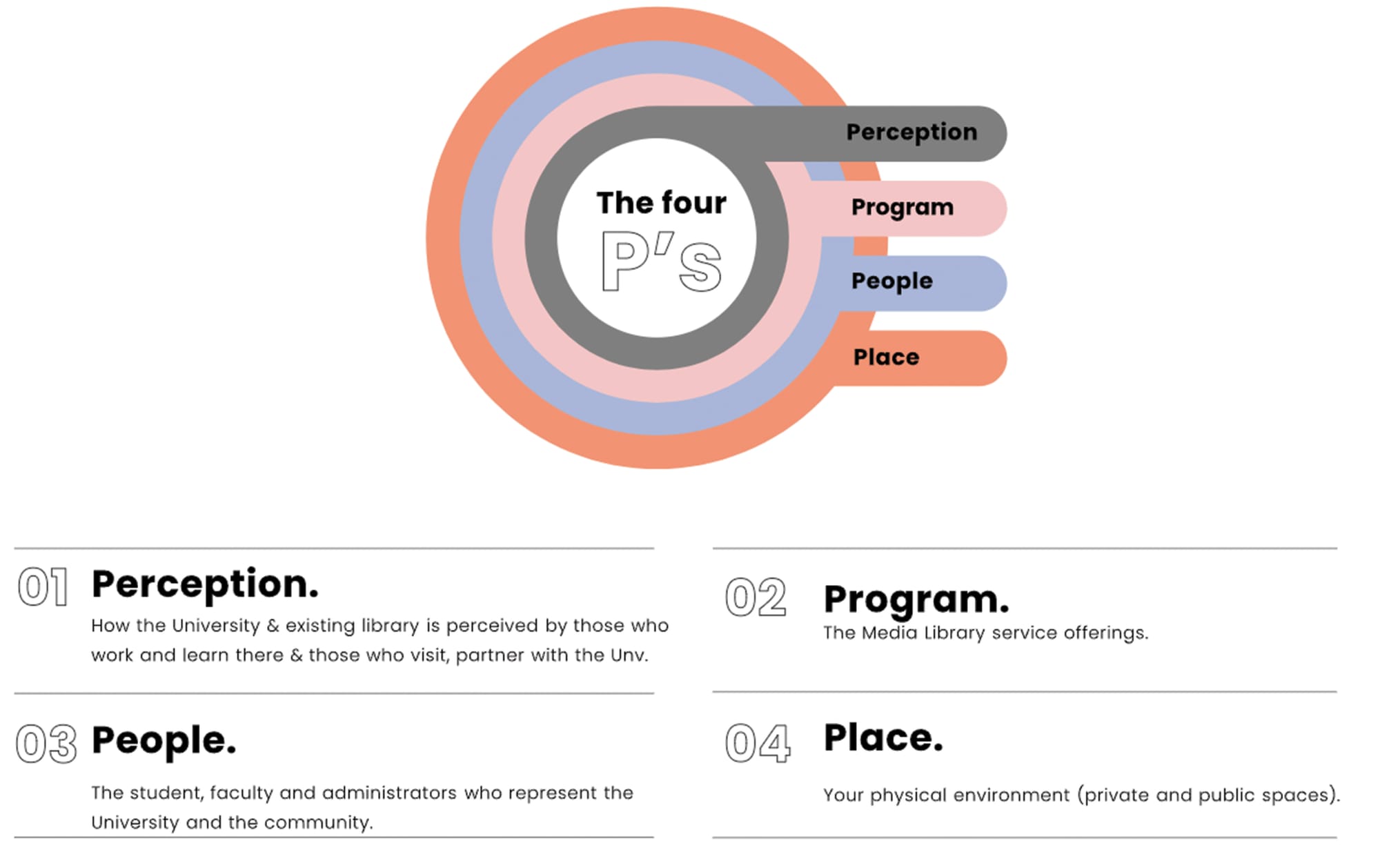
Constant Community Engagement
Immersive visioning sessions were held virtually and in-person with the university staff, president, professors, and students. These sessions illuminated not only the shortcomings of the current library but also the community's aspirations for a multi-functional, culturally enriching space.
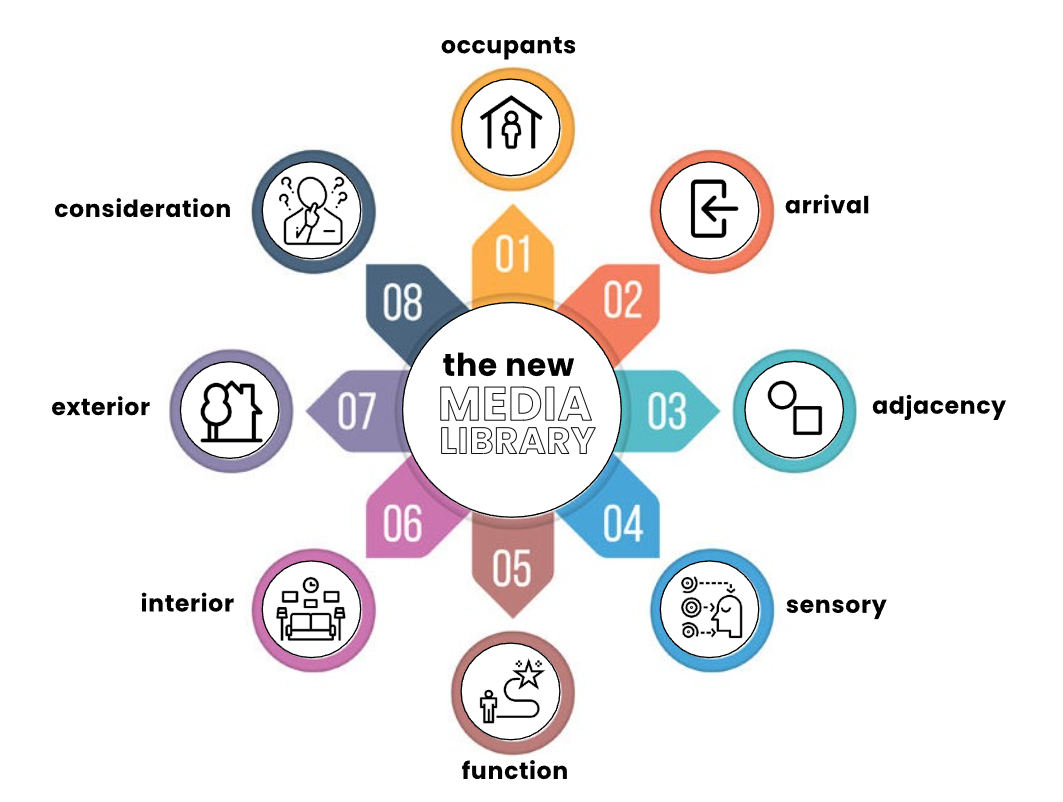
Community engagement was a vital aspect of this project and led the team to be in constant collaboration with Acacia, a nonprofit established by the university's professors, alumni and current students. This helped Defining Humanity ensure diverse perspectives were heard from various user-groups and stakeholders while navigating cultural nuances and hierarchies.

This resulted in the design of a Hub for learning, holistic support and cultural exchange going beyond the mere standard library requirements. The space will also feature an auditorium, broadcast and recording studios, and counselling services addressing prevalent social issues, in addition to traditional library resources. Taruna sees empathy as a cornerstone of this project which helps support the aspirations and dreams of the students studying there.
A new-age tool to Engage community
While the immersive sessions are able to provide holistic reviews, Taruna mentioned there is still sometimes a gap in user feedback since the site is international and it takes meetings with multiple user-groups to fix it.
In situations like these, Engage can help ensure all participants can effortlessly share their insights and preferences for the new library design. It simplifies the active participation of the diverse stakeholders remotely, fostering a sense of community ownership and collaboration
When asked about the most rewarding aspect of working on this project, Taruna elucidates how the impact of this project goes beyond the mere physical structure. Its success will be measured by the tangible improvements in access to resources, technological literacy, and exposure to global standards.
By introducing facilities such as a computer lab to students, it not only educates them on their use but also provides a portal to the opportunities across the world. As the project progresses, Defining humanity stays committed to ensuring that every aspect of the design reflects the values and aspirations of the people it aims to uplift.
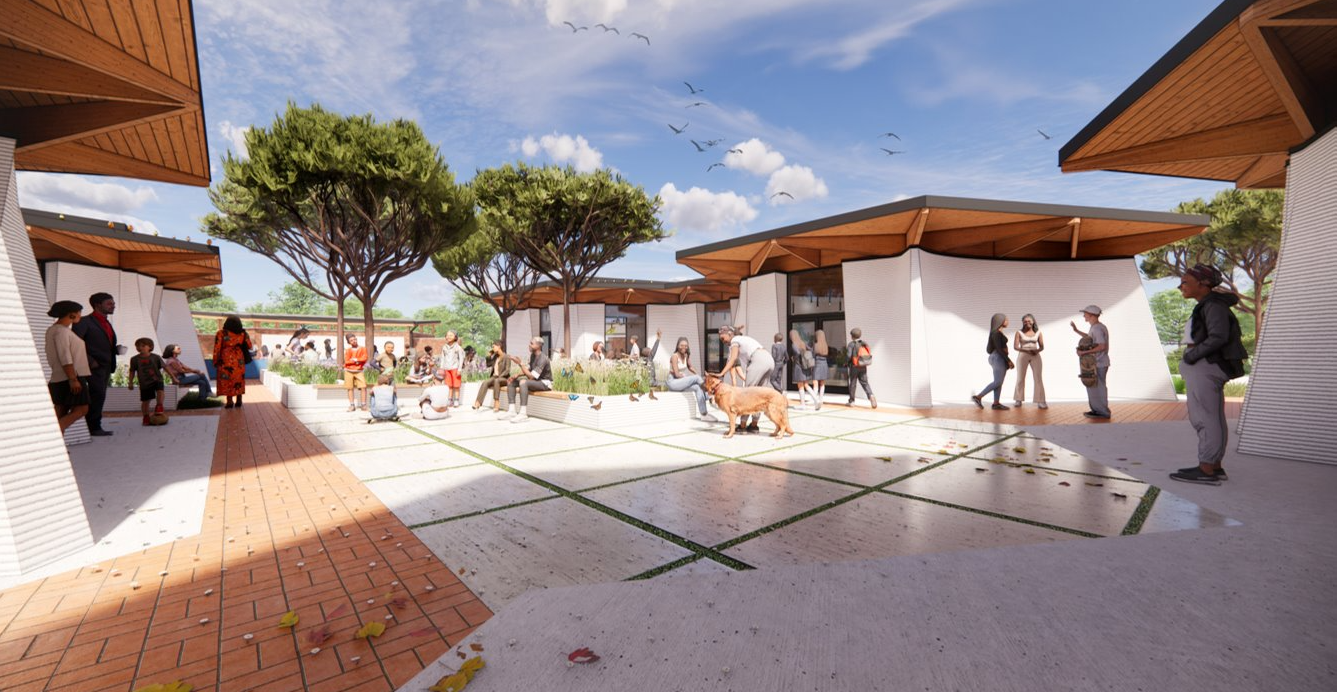
How do we Define Humanity?
I ended our chat asking Taruna what advice she’d give volunteers pursuing similar interests. Taruna said, "Architecture is not merely about creating spaces, it’s about shaping environments that inspire, empower and uplift communities. Social impact work is enriching and I would encourage everyone to take that first step. There is no time like today to ignite positive change in the world".
To be a volunteer at Defining Humanity, visit their website and fill out the contact form. They welcome all, regardless of background or expertise. Their core beliefs are: Passion and drive are what matter most in making a rewarding impact.
At the heart of Defining Humanity lies a simple mission to create not just physical structures but nurturing environments that provide dignity, opportunity and resilience, values that I strongly believe, define humanity.
